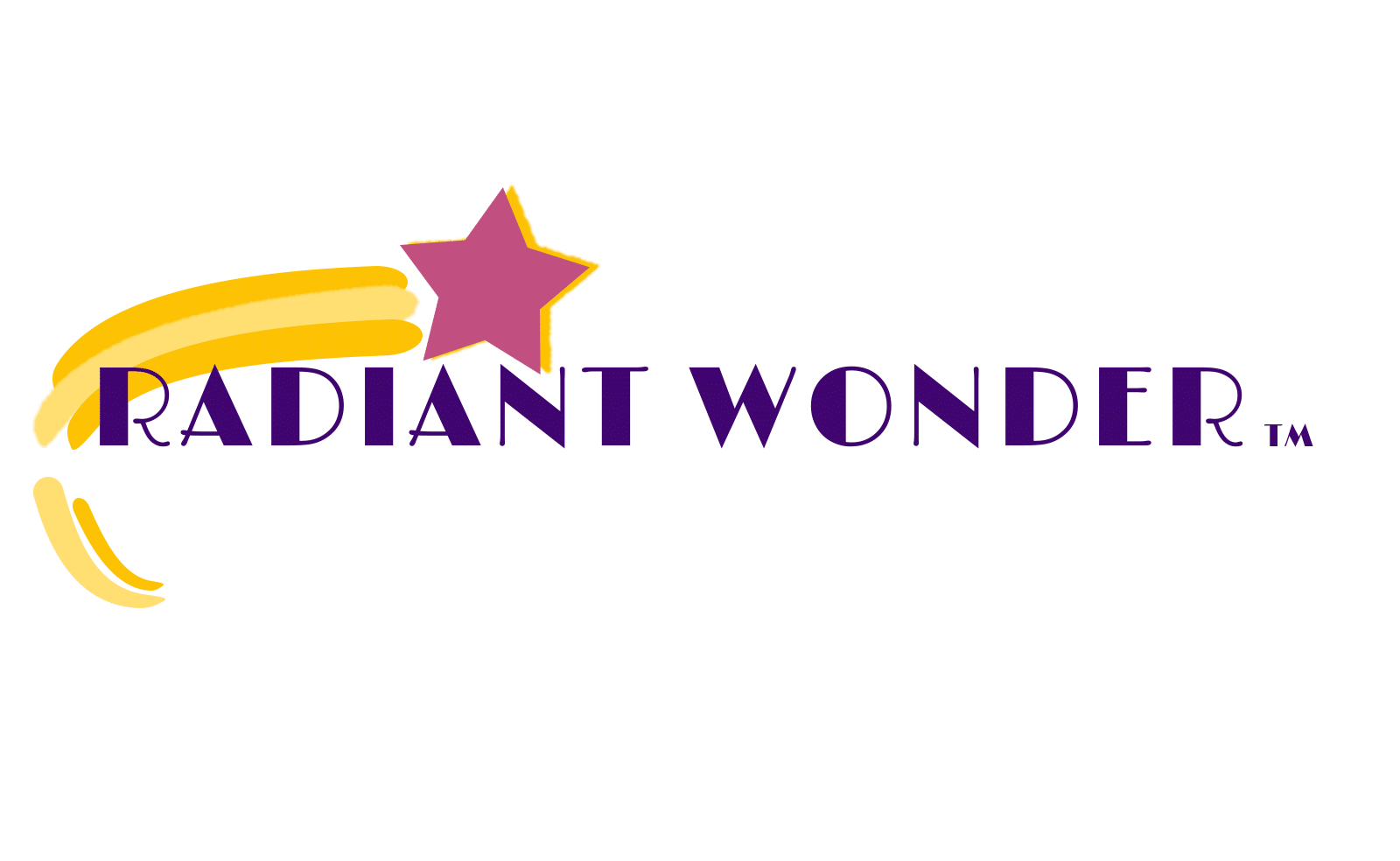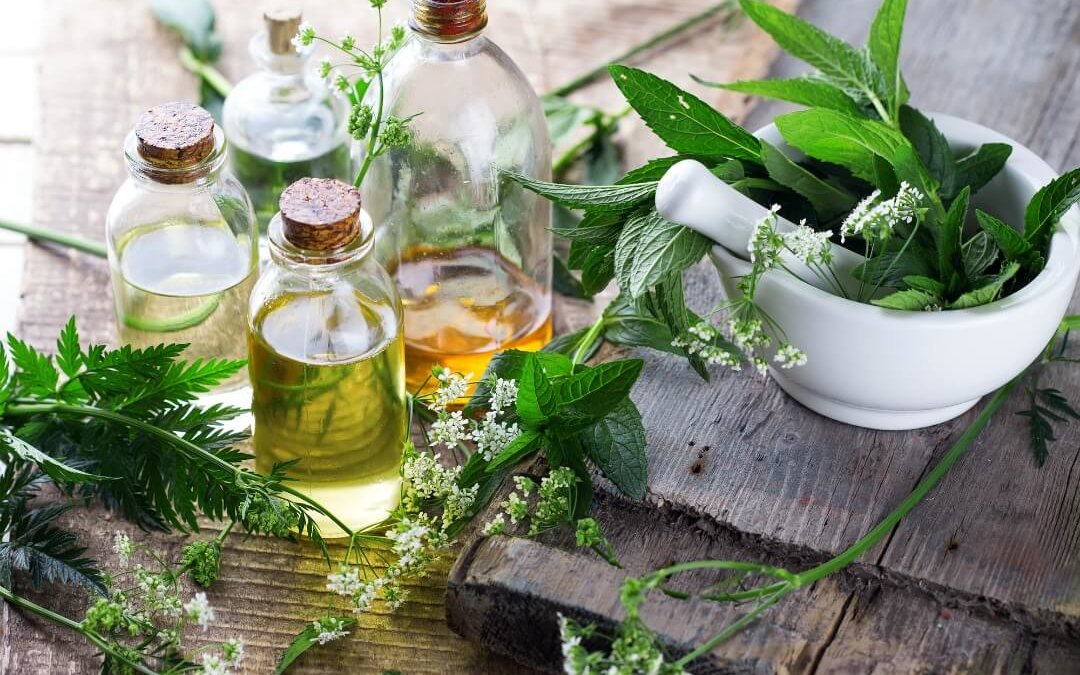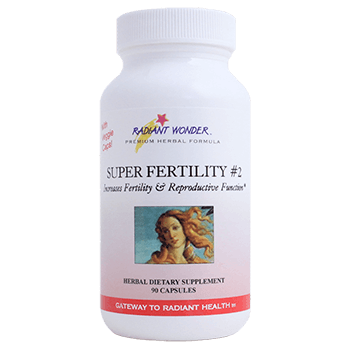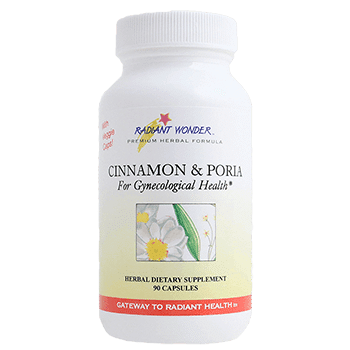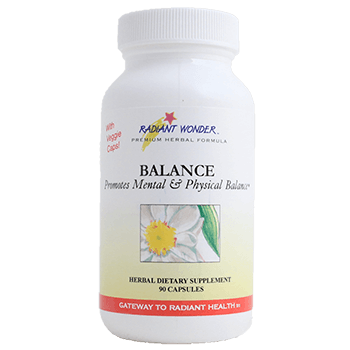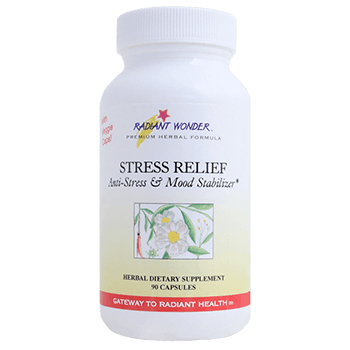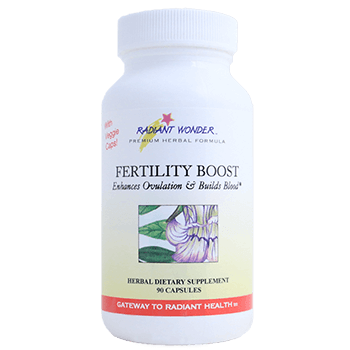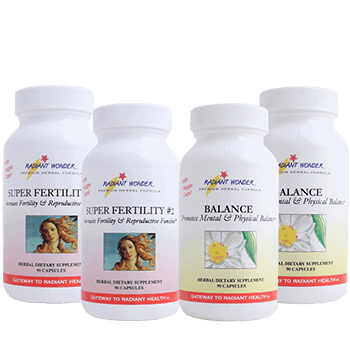Phytotherapy is one of those alternatives and Chinese herbal medicine has used it for thousands of years.
What is Phytotherapy?
‘Phyto’ means of a plant or relating to plants. Phytotherapy is the use of plants for healing. The plant may be used as a whole food, as a standardized extract or as a supplement. Phytotherapy is also known as:
- Phytomedicine
- Herbalism
- Herbal medicine
- Medical herbalism
- Herbology
- Botanical medicine
Phytotherapy Research
Phytotherapy uses the latest scientific research and the highest professional standards to the practice of herbal medicine and natural remedies. Phytotherapy goes hand in hand with the recent worldwide growth in scientific information on medicinal plants and their safe and effective use.
A Brief History of Phytotherapy
Written records over 5,000 years old, show that an ancient civilization called the Sumerians used plants (including laurel, caraway and thyme) as herbal medicines. The first Chinese herbal book, the Shennong Ben Cao Jing, was compiled during the Han Dynasty (206 BC–220 AD) but the information that was compiled dates back to 2700 B.C. The book lists 365 medicinal plants and their uses – including ma-Huang (Western name Ephedra), the shrub that introduced the drug ephedrine to modern medicine.
In Indian Ayurveda medicine, herbs were used as early as 1900 B.C. In 1,000 BC, ancient Egyptians used garlic, opium, castor oil, coriander, mint, indigo, and other herbs for medicine. In northern Iraq, a 60,000-year-old Neanderthal burial site revealed large amounts of pollen from 8 species of plants – 7 of which are still being used as herbal remedies today.
How the Ancient Became Modern…
Many people are suspicious of Phytotherapy. We are so reliant on facts and figures that if something doesn’t have a written provenance, we tend to dismiss it. The irony of this is that the medicinal use of many hundreds of plants gave rise to the modern drugs that we use today. Those drugs may have FDA approval now but they were trusted and used by numerous civilizations for many thousands of years before that.
At least 30% of pharmaceutical drugs are directly derived from plants. Here are the most common – and remember, Phytotherapy has been using these medicinal plants for thousands of years.
The Difference between the Old and the New is…Money
If plants used by the Ancients are so effective – why is it necessary to make them into modern drugs?The simple answer is money. It’s not possible to patent a plant. To get around this, the drugs companies test plants to find their active components. Then they use chemicals to modify those active components and to intensify how they work. Then they can then take out a patent on the drug that they have ‘created’ and sell those drugs for huge sums of money. There are major downsides to this –
The modification process disrupts the natural balance that a plant offers and this is one of the biggest reasons for the numerous side effects from patented drugs. The key takeaway is that while a man-made drug commonly contains an amplified active ingredient, a whole plant (or extract from the plant) generally contains an assortment of constituents. These constituents are synergistic, which means that they work together. In Phytotherapy, this synergy has the two fold result of:
- Enhancing how effective the plant’s medicinal properties are
- Reduces the risk of side effects and/or toxicity
These are achieved by using as little processing as possible which allows the basic complexity of the given plant to be preserved.
Don’t Eradicate…Communicate!
Western pharmaceuticals are vastly over-prescribed to get rid of symptoms arising from an imbalance. These types of drugs are not able to target or resolve what is actually causing the symptoms. When your body is in the early stages of imbalance which may lead to disease, Phytotherapy uses cell signaling to rebalance and resolve the issue. This is less disruptive to your body and so the benefits generally last longer than the results from modern drugs.
What is Cell Signaling?
The cells in your body are able to detect what is happening around them. They are constantly receiving information from their neighboring cells and from their wider environment – and they are able to respond to that information. Right now, the cells in your body are sending and receiving millions of information messages.
Cells communicate using chemical signals. A sending cell will secrete a chemical signal (composed of chemical molecules called ligands) out into the space that surrounds it. That signal is then picked up by a neighboring cell or travels around your body to reach the cell that the message is intended for. In order to receive a chemical signal from a sending cell, the receiving cell must have a receptor. Think of it like the ‘phone system – you can only ‘phone someone who has a phone. There are four basic categories of chemical signaling found in all multicellular organisms – and that includes our bodies.
Paracrine signaling
Where cells communicate over relatively short distances.
Especially important during development, when one group of cells needs to tell a neighboring group of cells what cellular identity to take on.
Autocrine signaling [1]
Where a cell signals to itself.
Autocrine signaling is believed to play a key role in metastasis – which is the spread of cancer from its original site to other parts of the body.
Endocrine signaling
When cells need to transmit signals over long distances, they often use the circulatory system as a distribution network.
You will have heard of these. Signals that are created in one part of your body and travel through your circulation to reach targets that are far away are called hormones.
Phytotherapy is ideal for balancing hormones.
Signaling Through Cell To Cell Contact
When neighboring cells signal to each other. This type of signaling is very important in your immune system, where immune cells recognize “self” cells (your body’s own cells) and cells that have become infected by germs.
Phytotherapy – Natural, Gentle and Highly Effective
So you can see that communication between cells is hugely important. Phytotherapy supports and enhances that communication which makes it a highly effective natural therapy which is already balanced and in tune with our bodies.
Certified or Qualified? The Big Difference…
Medical Doctors are not trained in Phytotherapy and so many Doctors tend to be suspicious or even derogatory about the use of medicinal herbs. Others may have an interest in it and be well informed enough to recognize their potential benefits. When it comes to finding an Herbalist, you need to be careful. The truth is that unfortunately, anyone can claim that they are an Herbalist – and this (quite rightly) makes people less likely to consider taking herbs for medical reasons.
So how do you know who to trust?
5 Things to be Aware of: Phytotherapy
1. Always Choose the Highest Quality Products
Here at Radiant Wonder, our formulations and manufacturing are of the highest quality. We’re so confident that you’ll be happy with our products that we offer a no quibble guarantee.
2. Choose Standardized Extracts
Standardized extracts are the gold standard when choosing Phytotherapy. We use the pure, active components of plants at doses which are known to be effective. Talk with one of our fully qualified Herbalists so that you can choose the formula which is best for you and your current health.
3. Don’t Overdo It…
Follow the dosages recommended by your Herbalist. Don’t be tempted to take more because more does not mean better.
Your Herbalist will ask if you are taking any prescribed medications. Negative interactions and side effects are rare, but some herbal formulas may interact with Western medications. For example, St. John’s Wort may cause problems when taken with some antidepressants or other drugs because the herb can change how they clear out of your body.
4. Be Sure to Follow Up
We understand that as your health starts to improve, you may need different dosages or formulations. Keep in touch with us so that we can best help you body heal!
5. Combos are Better
We know that Phytotherapy formulations combining a wide range of plant-based ingredients may give you more effective relief from your symptoms than a single herb would. Our Radiant Wonder formulas have been created with this in mind.
Adaptogenics…
Many Phytotherapy plants are adaptogenic. Find out more about adaptogens in our next blog post!
References:
[1] Autocrine signalling. (2014, December 30). Retrieved September 08th, 2016 from Wikipedia: https://en.wikipedia.org/wiki/Autocrine_signalling
